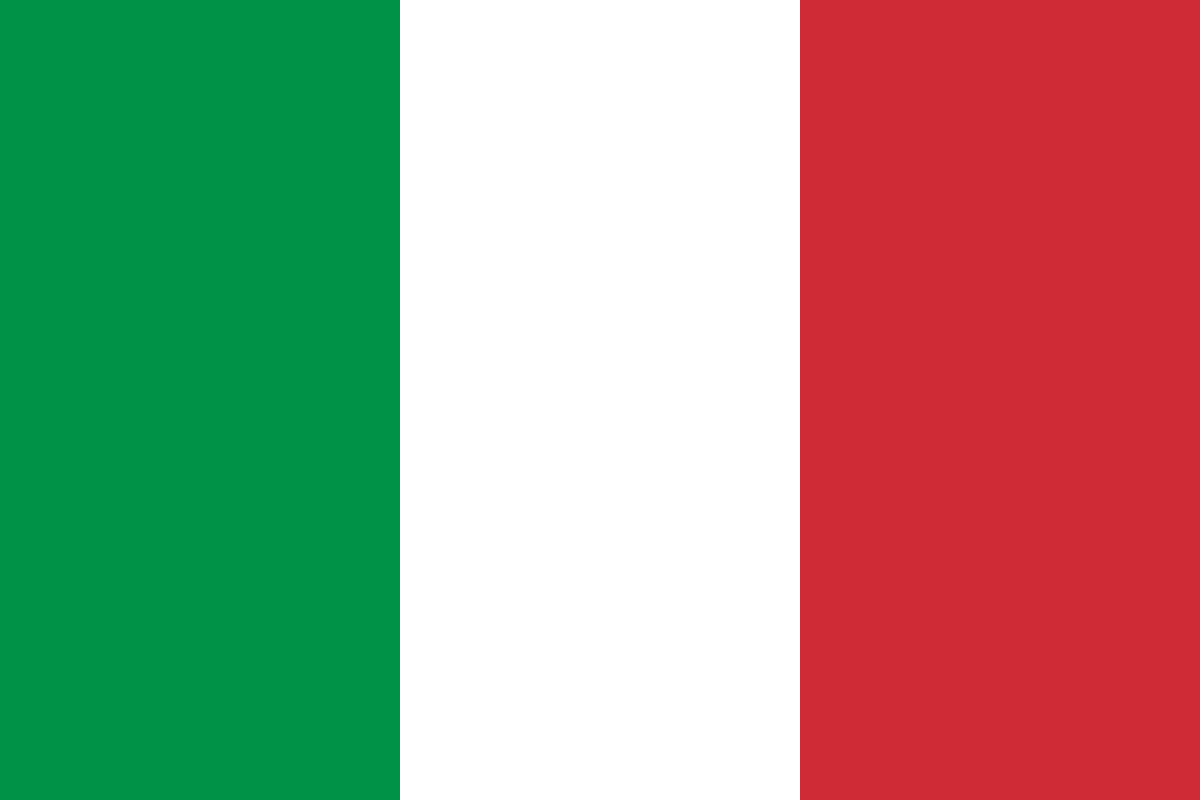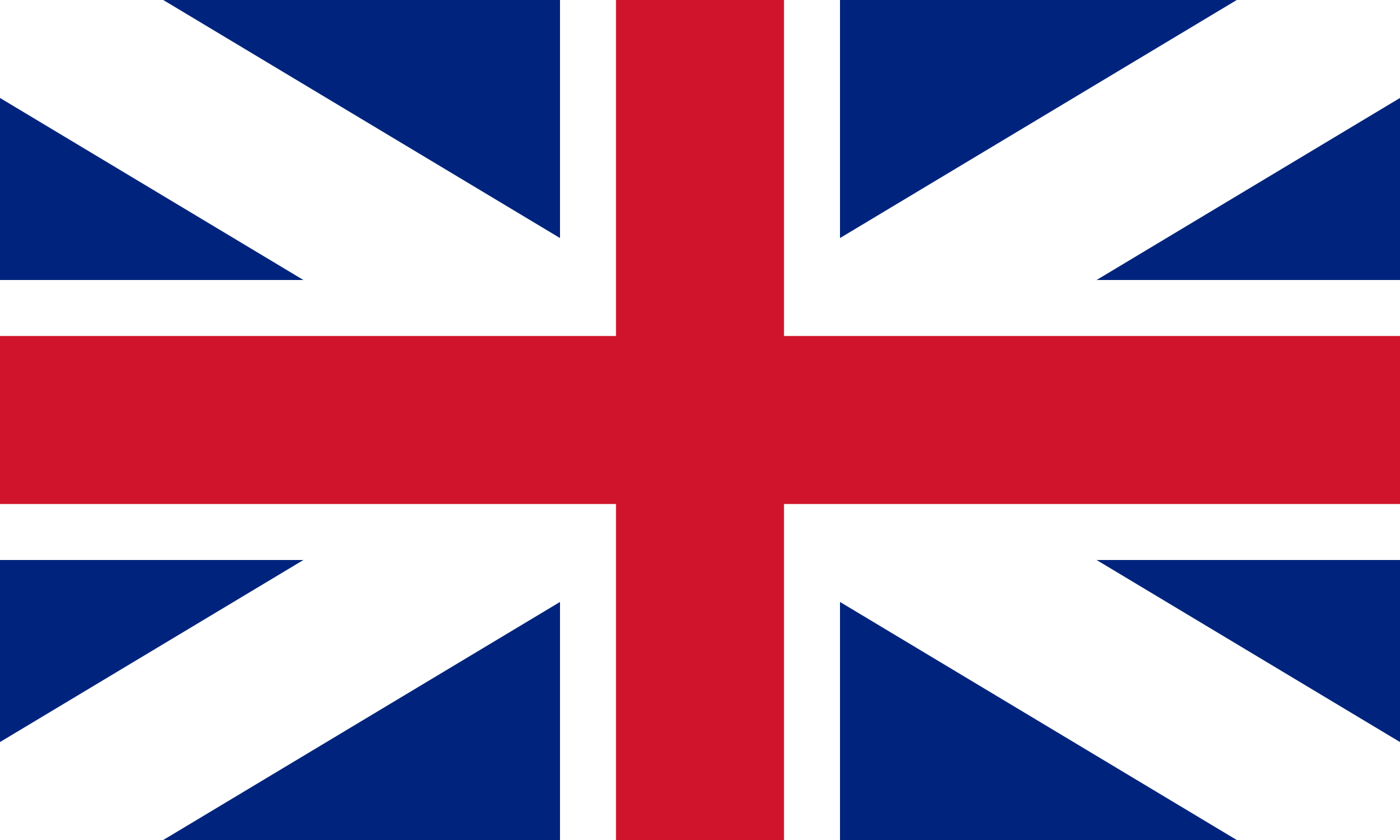Produzione e distribuzione di elettricità e calore
Hydro-Power Technologies
Autors: Pierluigi Leone, Enrico Vaccariello, Giambattista Guidi
Hydropower generation is a mature technology, widely used in about 160 countries to produce cheap renewable electricity. Italy has a historical tradition in the hydroelectric sector: already in 1938 the installed hydroelectric capacity was 14.6 GW out of a total capacity at national level of 15.5 GW; until the 1960s the hydroelectric source represented about 82% of the installed capacity. The share of hydropower capacity subsequently declined over the total due to the large diffusion of thermoelectric plants powered by fossil fuels, following the growing demand for electricity that reached about 330 TWh in 2010 (about twenty-two thousand times greater than in 1938).
Hydroelectric power plants substantially convert the potential energy of a quiet mass of water or the kinetic energy of a stream of water, first into mechanical rotational energy through a turbine and then into electricity via an electric generator. Hydroelectric plants are classified according to the electrical power that can be delivered in large hydroelectric (P > 10 MW), small hydroelectric (P < 10 MW), mini hydroelectric (P < 1 MW) and microhydroelectric (P < 0.1 MW). On the other hand, according to the type of plant, they are divided into regulated run-off basin systems, regulated run-off tank systems, flow water systems and pumping storage systems.
With a global installed capacity of about 1295 GW in 2018 (about 19% of the world's electricity capacity), hydropower generates about 4400 TWh per year, equivalent to about 16.2% of the world's electricity production (IEA, 2020,IRENA, 2020). In Italy the total installed capacity in 2019 amounted to 18982 MW.
In 2019 the hydroelectric power produced in Italy in the 4401 production plants (TERNA,2020) amounted to about 46.3 TWh, equal to 40% of the energy produced from renewable sources. In recent years there has been a progressive contraction in the average size of plants, from 8.5 MW in 2002 to 5.1 MW in 2019 and a significant development of electricity production from mini and micro. Despite the modest contribution to total production, these plants have the greatest potential for development. Federidroelettrica (Italian association of small hydroelectric producers) reports for 2017 the installation of about 71 MW of small and mini/micro plants of which: 12 MW with unit power P< 250kW; 15 MW with 250<P
- energia idroelettrica
- centrali idroelettriche
- impianti idroelettrici
- grande idroelettrico
- piccolo idroelettrico
- mini idroelettrico
- micro idroelettrico
- impianti a bacino a deflusso regolato
- impianti a serbatoio a deflusso regolato
- impianti ad acqua fluente
- impianti di accumulo
- impianti di pompaggio
- potenziale idroelettrico nazionale
- dighe
- traverse
- invasi
- bacino superiore
- bacino inferiore
- turbine Kaplan
- turbine Pelton
- turbine Francis
- turbina idraulica
- statore
- rotore
- girante
- generatore elettrico
- portata
- salto geodetico
- turbine ad azione
- turbine ad azione Turgo
- turbine cross-flow
- turbine a reazione
- turbina Peace
- turbina MPPU
- Multi-Purpose Power Unit
- chiusure
- turbina Ghatta
- turbine per impianti mini/micro
- turbine a bulbo
- hydroelectricity
- hydropower plant
- large hydro power plants
- small hydropower plants
- mini hydro power plants
- micro hydropower plants
- regulated outflow basin systems
- regulated outflow tank systems
- run of river power plants
- hydropower storage facilities
- hydro-pumping plants
- hydroelectric potential
- dams
- upper basin
- lower basin
- Kaplan turbines
- Pelton turbines
- Francis turbines
- hydraulic turbines
- stator
- rotor
- impeller
- electric generator
- flow rate
- geodetic jump
- action turbines
- Turgo action
- turbines cross-flow
- jet turbines
- Peace turbine
- MPPU turbine
- Ghatta turbine
- turbines for mini hydro power




 Produzione e trasformazione di energia primaria
Produzione e trasformazione di energia primaria  Produzione e distribuzione di elettricità e calore
Produzione e distribuzione di elettricità e calore  Tecnologie per i trasporti
Tecnologie per i trasporti  Tecnologie per il residenziale e i servizi
Tecnologie per il residenziale e i servizi  Tecnologie per l'industria e l'agricoltura
Tecnologie per l'industria e l'agricoltura